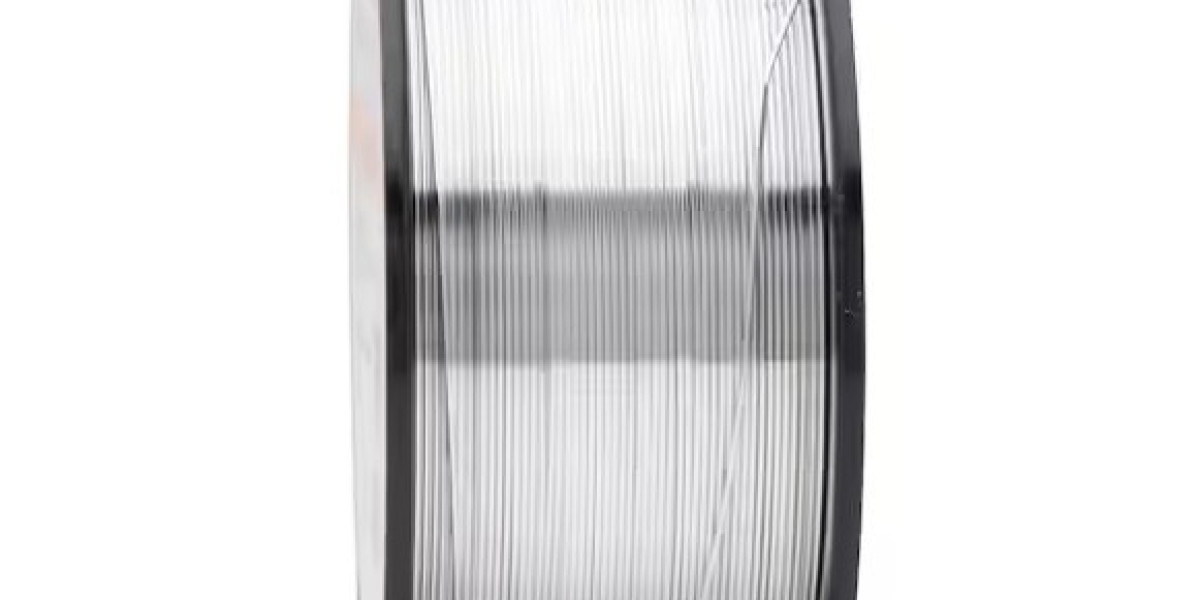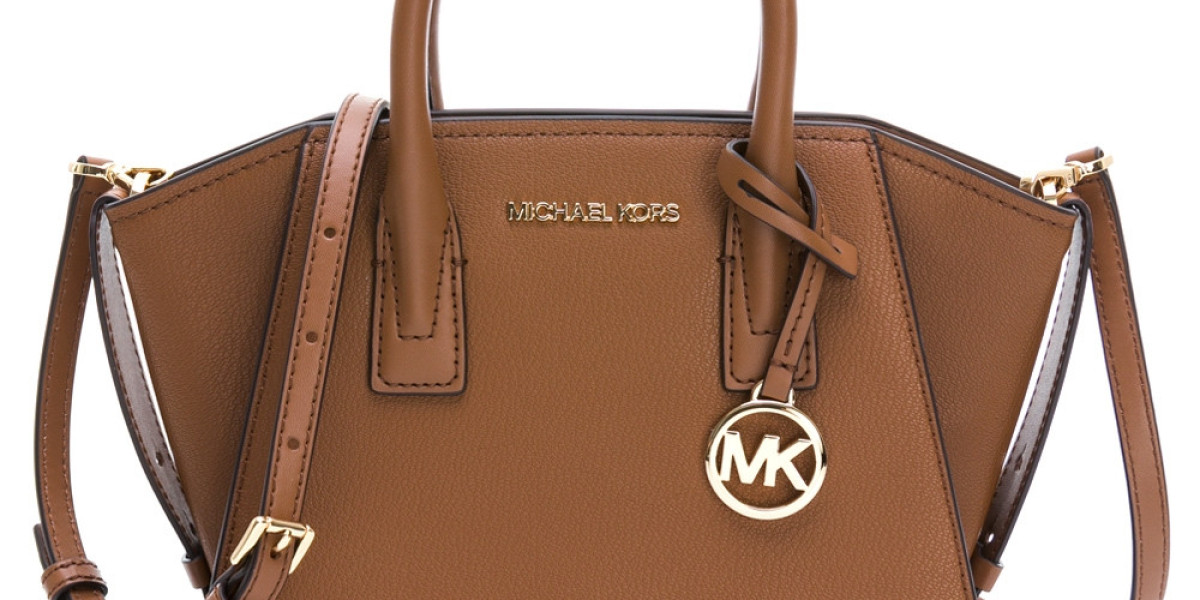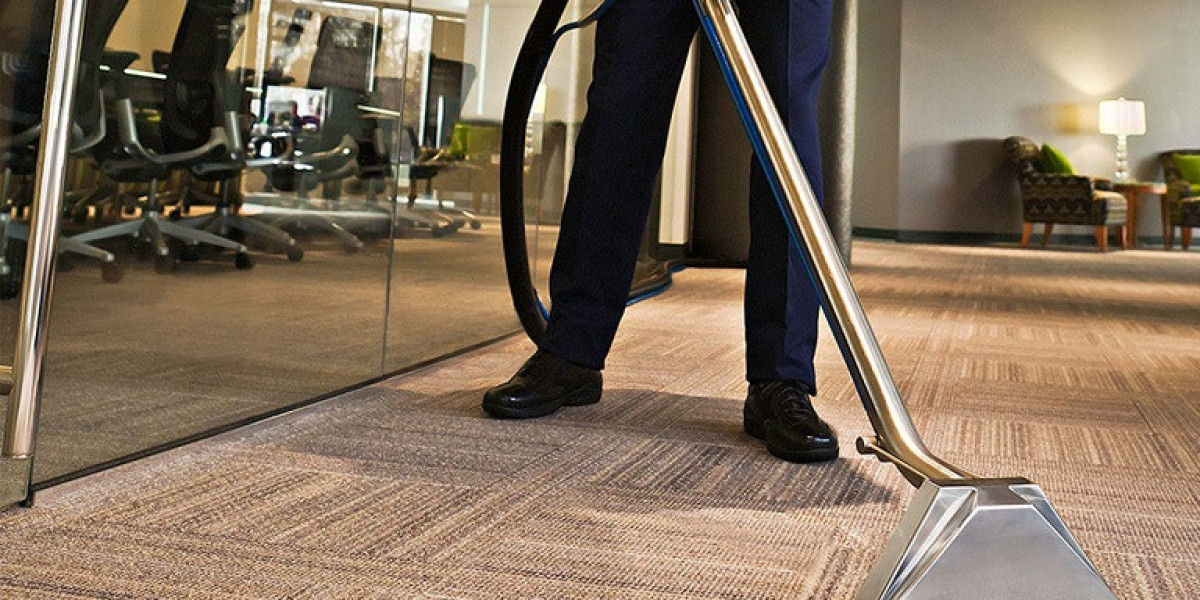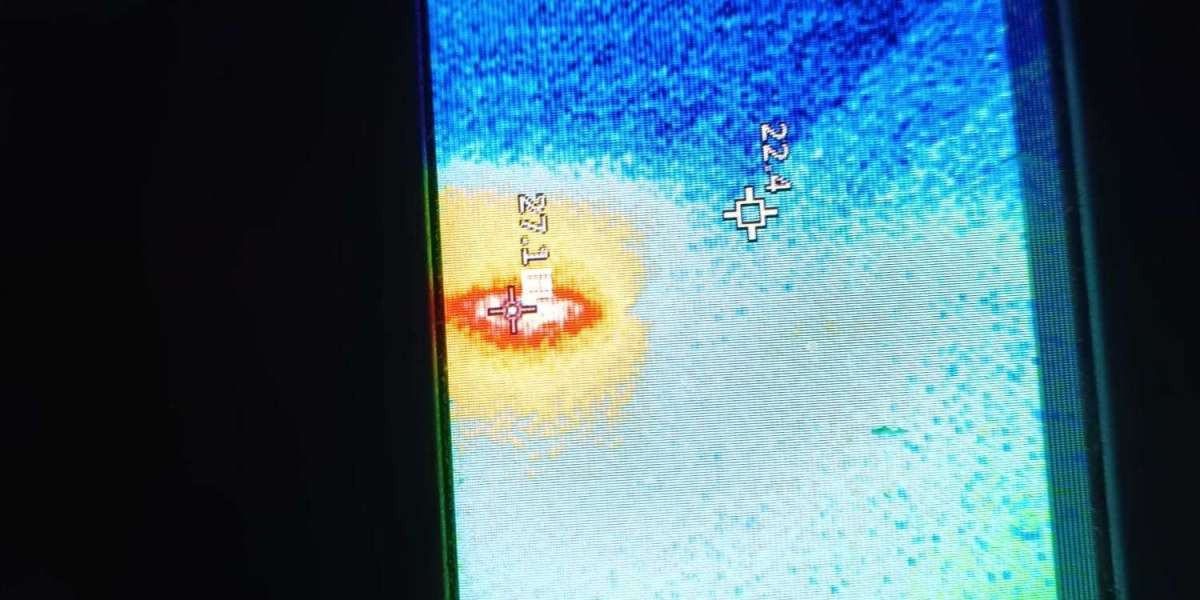When selecting the right filler metal for aluminum fabrication, understanding the fundamental distinctions between MIG and TIG processes is essential for achieving optimal weld quality. Aluminum Mig Wire Manufacturers often recommend MIG when high deposition rates and ease of automation are priorities, while TIG fills a niche where precision and aesthetic bead appearance matter most. As industries embrace electric mobility, renewable energy, and lightweight structural design, the choice between these two methods can significantly impact productivity and finished performance.
MIG welding employs a continuous spool of ER5183 or similar aluminum wire, fed automatically through a gun and shielded by inert gas. This approach excels in high volume production environments such as automotive chassis assembly or solar panel frame fabrication. The consistent feed from top grade wire spools ensures stable arcs and faster travel speeds. Fabricators appreciate how MIG handles thicker section welding and delivers deep penetration, reducing the need for multiple passes on heavy cross sections.
In contrast, TIG welding uses a bare rod manually fed into the arc, offering exceptional control over heat input and weld pool dynamics. This makes TIG the preferred choice for thin gauge work and critical joints in aerospace or custom architectural panels. The method yields smooth, uniform beads with minimal spatter, ideal for visible seams in consumer electronics enclosures or decorative metalwork. Skilled welders can manipulate the puddle with fingertip precision, matching weld profiles to complex joint geometries.
Material compatibility also influences method selection. MIG wires like ER5183 provide robust mechanical strength and corrosion resistance, making them suitable for marine components, EV battery trays, and structural elements exposed to vibration. TIG filler rods come in similar alloy grades but require more careful heat management to avoid burn through on thin sections. When surface finish and exact fusion profiles are critical—such as in medical device housings or art installations—TIG often secures the win.
Automation and labor considerations further differentiate the two. MIG lends itself to robotic integration, where wire spools feed into CNC controlled guns that execute high speed, repetitive welds. This level of automation slashes cycle times in large scale fabrication plants, ensuring consistent weld quality across thousands of components. Conversely, TIG remains more labor intensive but offers flexible workstation setups for prototyping, repair shops, and low volume specialty production.
Choosing the right partner to supply your filler wire is just as important as selecting the welding method. Look for Aluminum Mig Wire Manufacturers who offer tight diameter tolerances and clean, oxide free surfaces for dependable feeder performance. Manufacturers that support custom spool sizes and deliver technical guidance on parameter settings can help integrate MIG or TIG processes seamlessly into your shop. For those focused on MIG solutions, ER5183 wire is engineered to deliver stable feedability and strong welds in demanding applications.
Advances in hybrid welding cells also blur the lines between MIG and TIG advantages. Some systems use pulsed MIG to refine bead appearance, while others combine TIG root passes with MIG fill passes to marry precision with speed. As fabrication technologies evolve, staying informed about wire innovations and process developments will ensure your operation remains competitive and responsive to market needs.To explore high performance aluminum welding consumables and expert support, visit www.kunliwelding.com .








